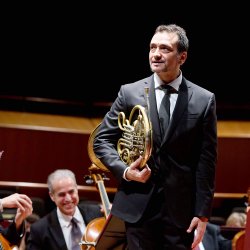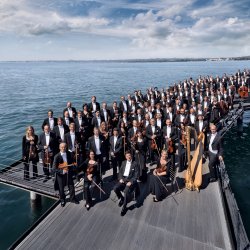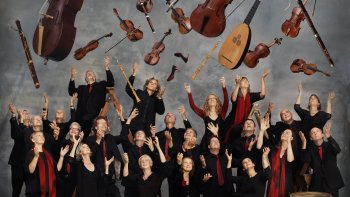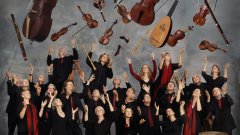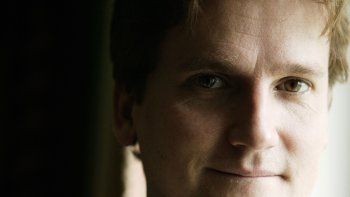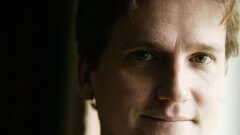Event details
The Vienna Symphony Orchestra is one of Europe’s most prestigious orchestras and famous for its "typical" Viennese sound. As a conductor, Richard Strauss was also enthusiastic about working with this orchestra. The programme of this concert is exciting and starts with a key composition of the modern era. „The Unanswered Question“ by American composer Charles Ives revolves in just six minutes around the question of the meaning of life - the answer, as the title says, remains open. At the age of 18, Richard Strauss composed his first horn concerto for his father Franz, one of the most respected French horn players of his time. However, he refused to play the work. "Too difficult" so his comment. Alessio Allegrini, the Italian horn virtuoso, masters the piece brilliantly. The concert’s second part is dedicated to the „Pathétique“. With his 6th Symphony Pyotr Ilyich Tchaikovsky completed his life's work and created one of the most moving works of music history. The Spanish conductor Gustavo Gimeno directs this special concert.
